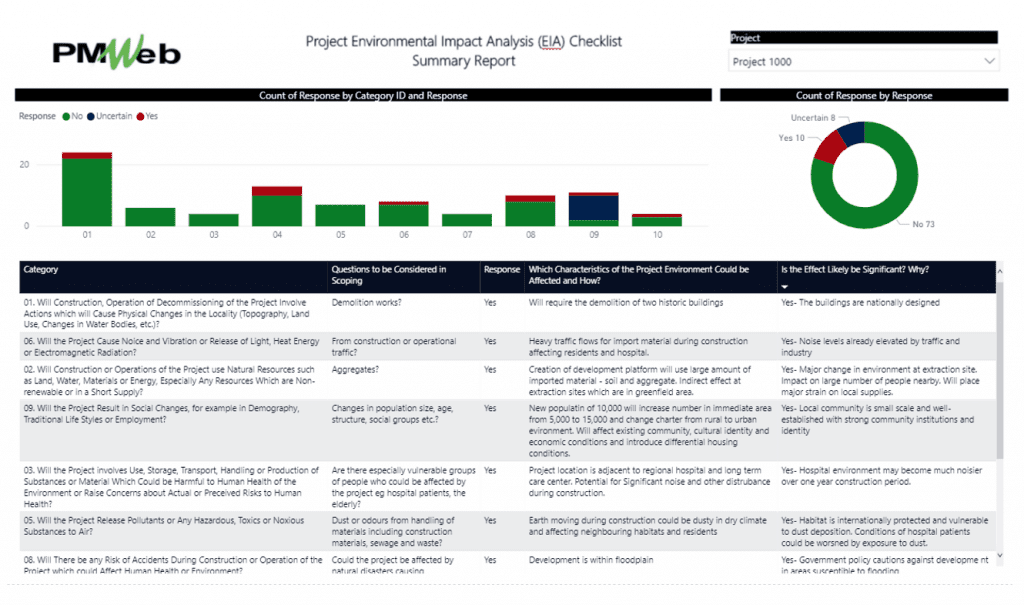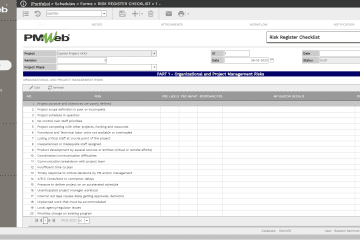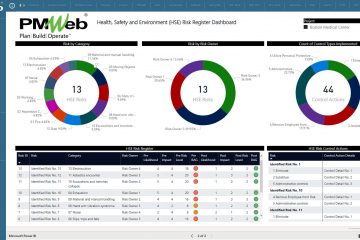There is a growing requirement to conduct an Environmental Impact Assessment (EIA) for capital projects prior to the decision to move forward with the proposed project or not. The International Association for Impact Assessment (IAIA) defines an environmental impact assessment as “the process of identifying, predicting, evaluating and mitigating the biophysical, social, and other relevant effects of development proposals prior to major decisions being taken and commitments made”. EIAs are unique in that they do not require adherence to a predetermined environmental outcome, but rather they require decision makers to account for environmental values in their decisions and to justify those decisions in light of detailed environmental studies and public comments on the potential environmental impacts.
Using Project Management Information Systems (PMIS) like PMWeb, capital project owners can create checklists to help them to identify the likely significant environmental effects of the proposed projects during the initial scoping phases and before a project is approved. PMWeb custom form builder will be the used to create the Environmental Impact Analysis Checklist form. The content of the checklist included in the form is an example of what such a form could include but project owners need to create their own, depending on the requirements for preparing the environmental assessment report.
The checklist is completed in two stages, the first stage is to identify potential impacts of the project under review by answering questions grouped under ten key questions. Those questions are used to identify all the activities or sources of impact that could arise from construction, operation or decommissioning of the project. For example, the first key question is “Will Construction, Operation of Decommissioning of the Project Involve Actions which will Cause Physical Changes in the Locality (Topography, Land Use, Changes in Water Bodies, etc.)?”. Under this question there are a list of thirty-two activities that need to be responded to as Yes, No or “?” for uncertain to occur. The “Yes” response is if the activity is likely to occur during implementation of the project; “No” response is if the activity is not expected to occur and “?” is if it is uncertain at this stage whether it will occur or not.
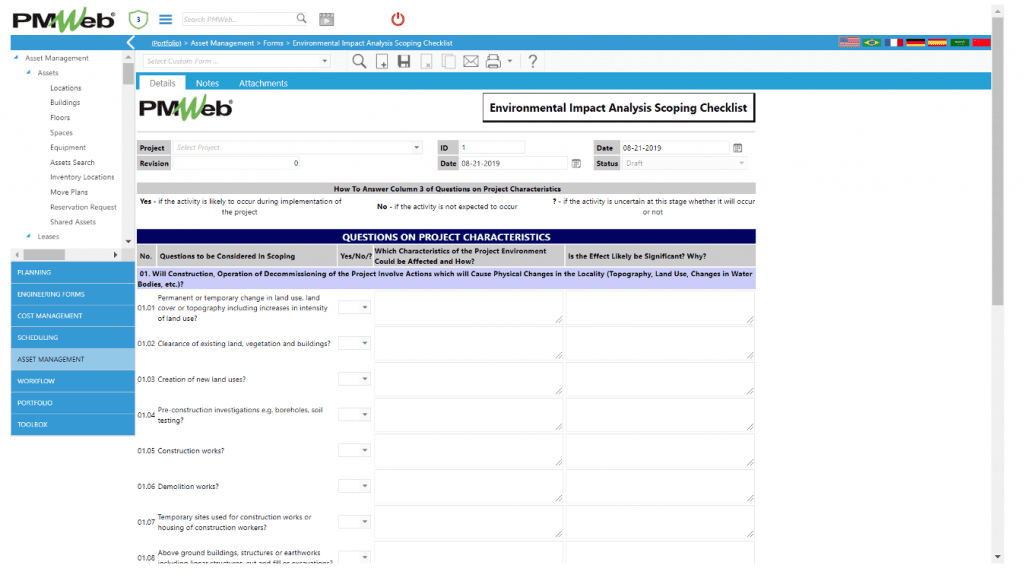
The second stage is to provide the additional details for questions that are either answered as “Yes” or “?” for being uncertain. For example, if the response on question “01.06 Demolition Works?” was Yes, then a response needs to be provided to the column titled “Which Characteristics of the Project Environment Could be Affected and How?”. The response could be for example “Will require demolition of 2 historic buildings”.
The last column which is titled “Is the Effect Likely be Significant? Why?” identifies those impacts which are expected to be significant. Accordingly, for the same question “01.06 Demolition Works?”, the response could be “Yes – Buildings are nationally designated”.
Similar to other PMWeb modules, the attachment tab will be used to attach all supportive documents used in responding to the checklist. Those could include the proposed project location plan, pictures, studies done by third parties, details of meetings held with the local communities among others. It is highly recommended that all those supportive documents are uploaded and stored into PMWeb document management repository under a folder titled Environmental Impact Analysis. In addition, links to other PMWeb records like meeting minutes among others as well as imported MS Outlook emails be linked to the EIA checklist form.

To ensure the formal review and approval of the environmental impact analysis checklist response including the affected areas and the significance of the effect, a workflow is assigned to the EIA checklist form. This enforces the needed accountability in submitting, reviewing and approving the environmental impact analysis.
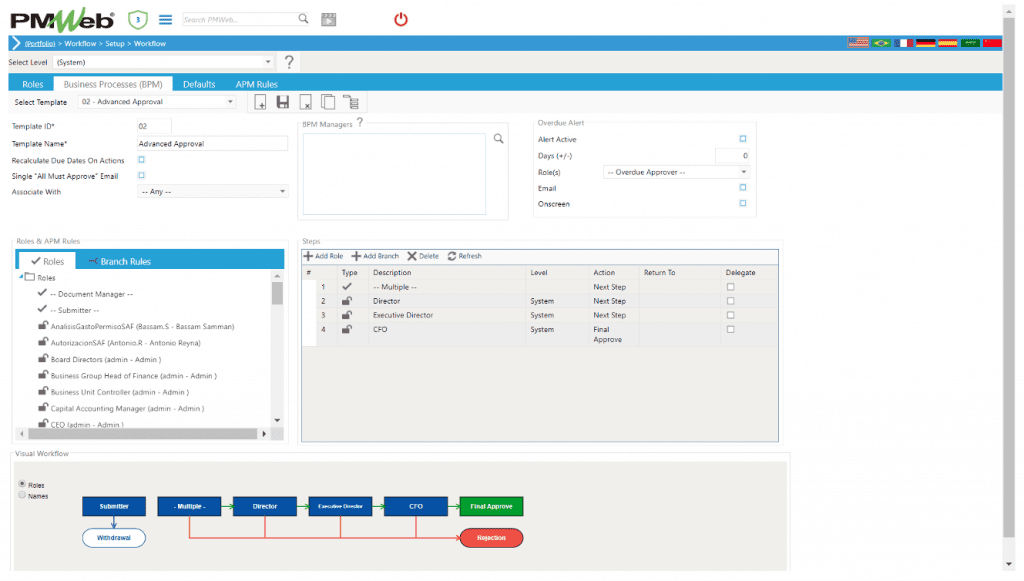
A report is designed to capture the results of the Environmental Impact Analysis (EIA) checklist response. The report summarizes the responses for the ten categories by Yes, No and Uncertain as well as provide the total number of questions answered as Yes, No and Uncertain. The report also includes a table of all questions answered as “Yes” or “? Or Uncertain” to detail the response to the “Which Characteristics of the Project Environment Could be Affected and How?” and “Is the Effect Likely be Significant? Why?”. The report layout and format can be designed in any desired form and format.
